Refine search
Actions for selected content:
14 results in ASEAN Studies Centre
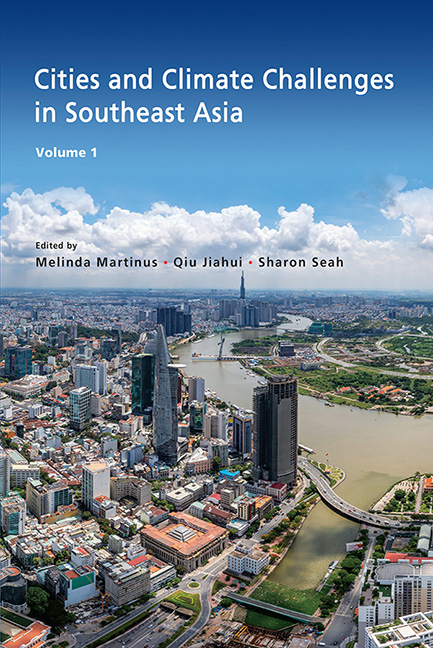
Cities and Climate Challenges in Southeast Asia
-
- Published by:
- ISEAS–Yusof Ishak Institute
- Published online:
- 09 January 2024
- Print publication:
- 28 February 2023

ASEAN Centrality
- An Autoethnographic Account by a Philippine Diplomat
-
- Published by:
- ISEAS–Yusof Ishak Institute
- Published online:
- 01 September 2023

Do Young People Know ASEAN?
- Update of a Ten-nation Survey
-
- Published by:
- ISEAS–Yusof Ishak Institute
- Published online:
- 01 February 2018
- Print publication:
- 17 May 2016

The Global Economic Crisis
- Implications for ASEAN
-
- Published by:
- ISEAS–Yusof Ishak Institute
- Published online:
- 21 October 2015
- Print publication:
- 01 February 2010
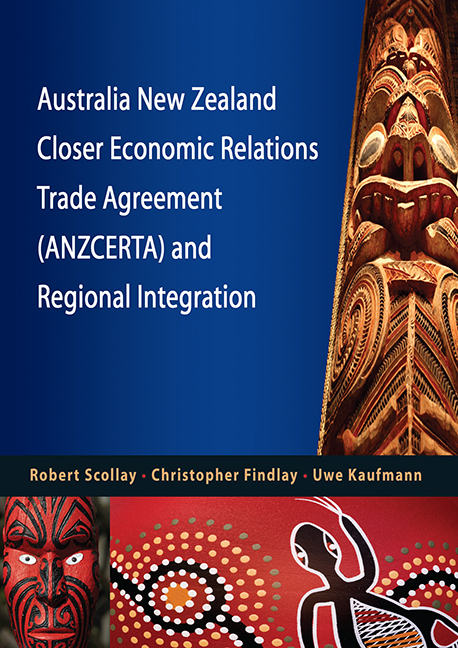
Australia New Zealand Closer Economic Relations Trade Agreement (ANZCERTA) and Regional Integration
-
- Published by:
- ISEAS–Yusof Ishak Institute
- Published online:
- 21 October 2015
- Print publication:
- 08 December 2010

Energy and Geopolitics in the South China Sea
- Implications for ASEAN and Its Dialogue Partners
-
- Published by:
- ISEAS–Yusof Ishak Institute
- Published online:
- 21 October 2015
- Print publication:
- 15 October 2009
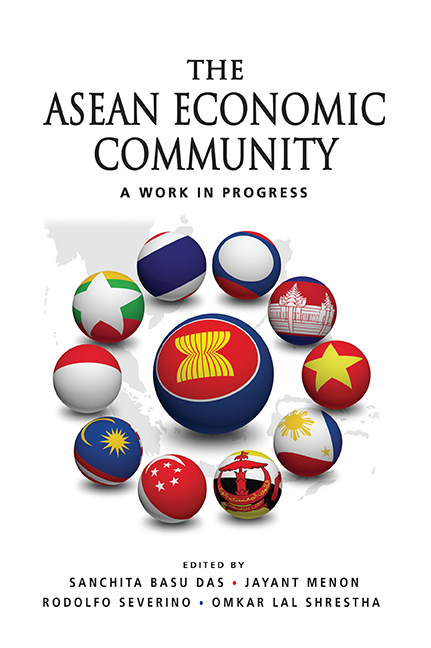
The ASEAN Economic Community
- A Work in Progress
-
- Published by:
- ISEAS–Yusof Ishak Institute
- Published online:
- 21 October 2015
- Print publication:
- 28 November 2013
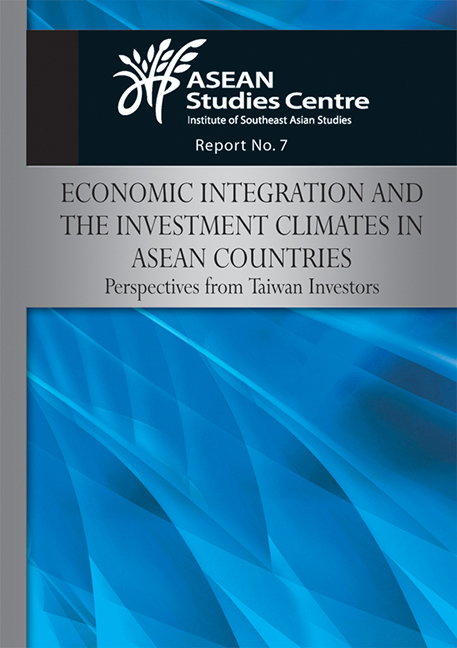
Economic Integration and the Investment Climates in ASEAN Countries
- Perspectives from Taiwan Investors
-
- Published by:
- ISEAS–Yusof Ishak Institute
- Published online:
- 21 October 2015
- Print publication:
- 15 October 2009

The Road to Ratification and Implementation of the ASEAN Charter
-
- Published by:
- ISEAS–Yusof Ishak Institute
- Published online:
- 21 October 2015
- Print publication:
- 10 December 2008

The Gulf Cooperation Council
- A Rising Power and Lessons for ASEAN
-
- Published by:
- ISEAS–Yusof Ishak Institute
- Published online:
- 21 October 2015
- Print publication:
- 22 November 2010
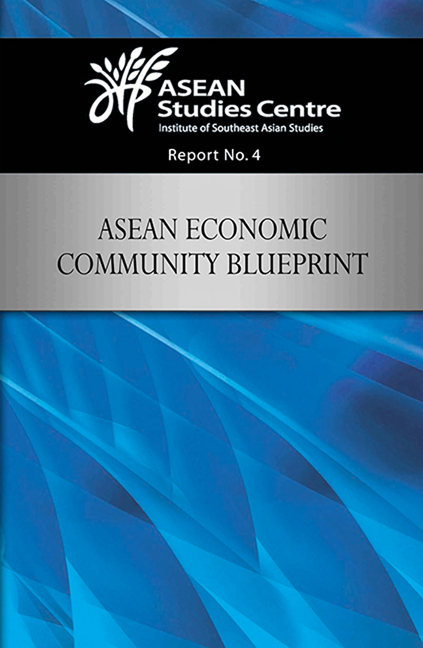
ASEAN Economic Community Blueprint
-
- Published by:
- ISEAS–Yusof Ishak Institute
- Published online:
- 21 October 2015
- Print publication:
- 31 March 2009

ASEAN 2.0
- ICT, Governance and Community in Southeast Asia
-
- Published by:
- ISEAS–Yusof Ishak Institute
- Published online:
- 21 October 2015
- Print publication:
- 19 December 2011

ASEAN Community
- Unblocking the Roadblocks
-
- Published by:
- ISEAS–Yusof Ishak Institute
- Published online:
- 21 October 2015
- Print publication:
- 02 July 2008
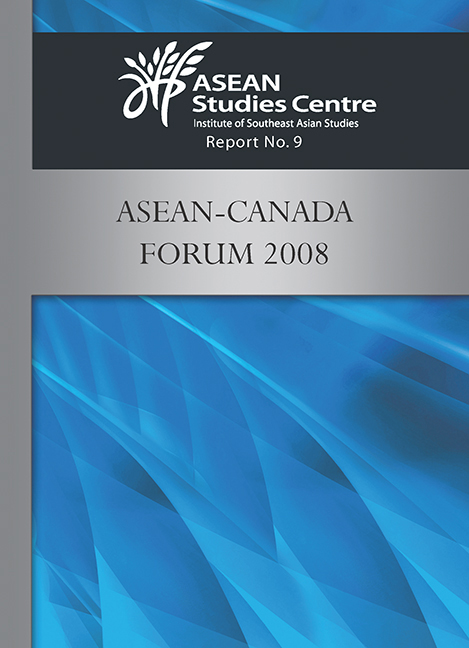
ASEAN-Canada Forum 2008
-
- Published by:
- ISEAS–Yusof Ishak Institute
- Published online:
- 21 October 2015
- Print publication:
- 01 February 2010
